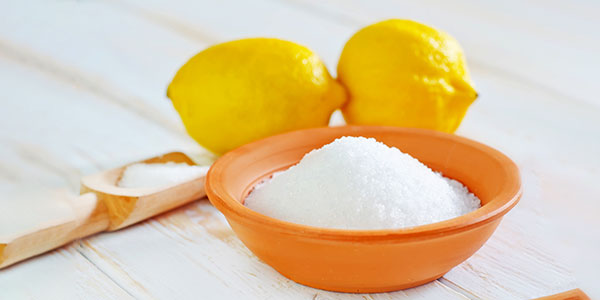
Citric acid with E-number 330 occurs naturally in citrus fruits and is also part of the body's energy metabolism. Chemically, the two forms of citric acid are identical.
Although citric acid can be extracted from citrus fruits, it is too costly. Today, citric acid is produced using fungi that are fed on sucrose. The fungal part is filtered off and the secretion is added to calcium oxide, which gives calcium citrate, which after addition of sulfuric acid forms citric acid.
Citric acid in low concentrations stabilises the pH of the preparation and therefore acts primarily as an acidity regulator. It also acts as an antioxidant and can enhance the effect of other antioxidants.
In toothpaste, citric acid helps reduce the amount of tartar on the teeth.
There is no legal limit to how much you can consume.
